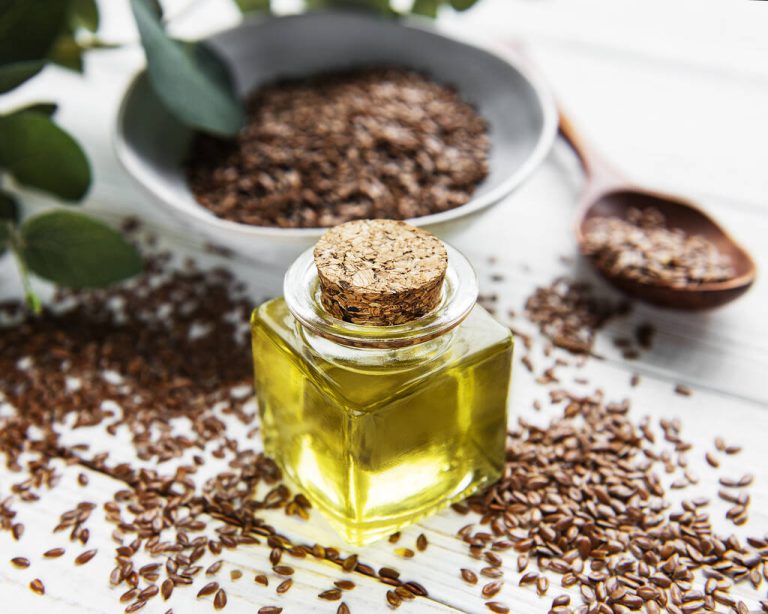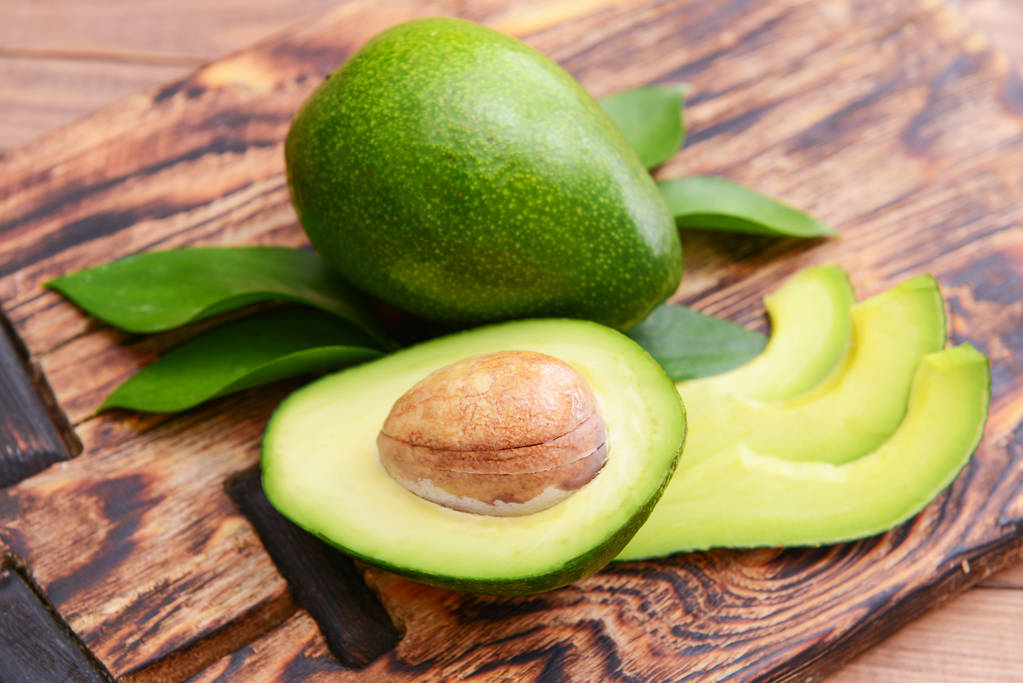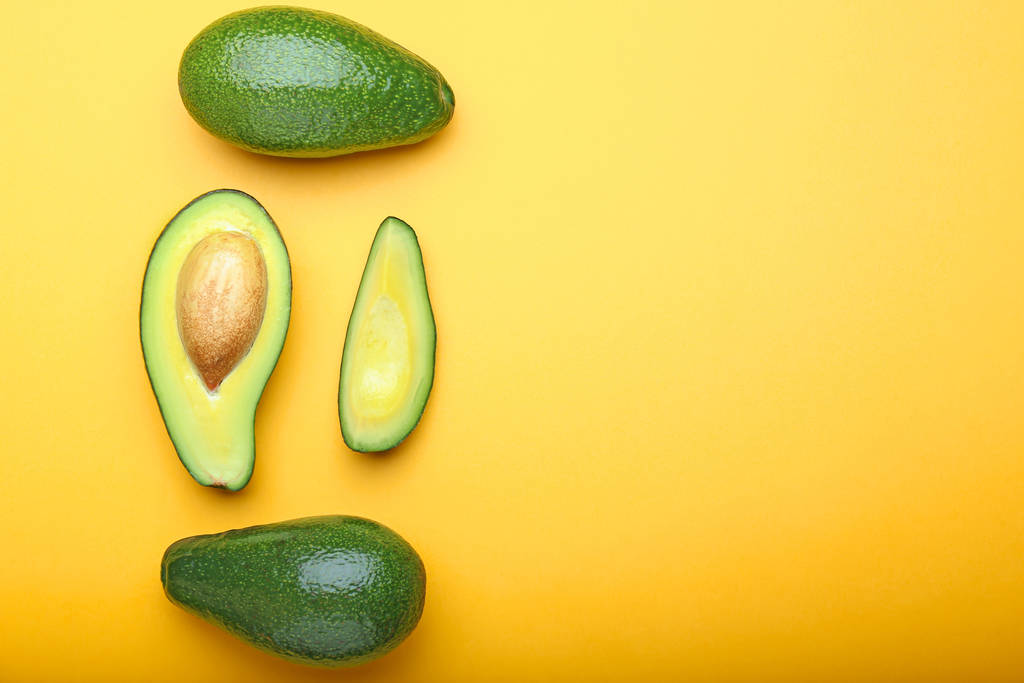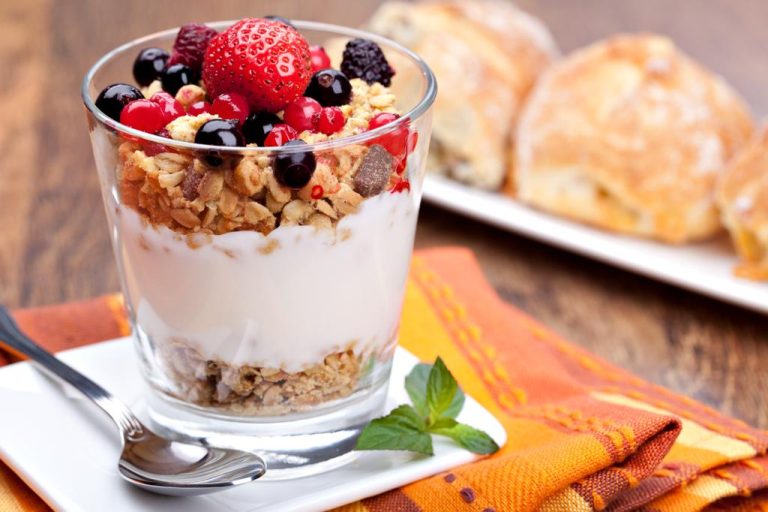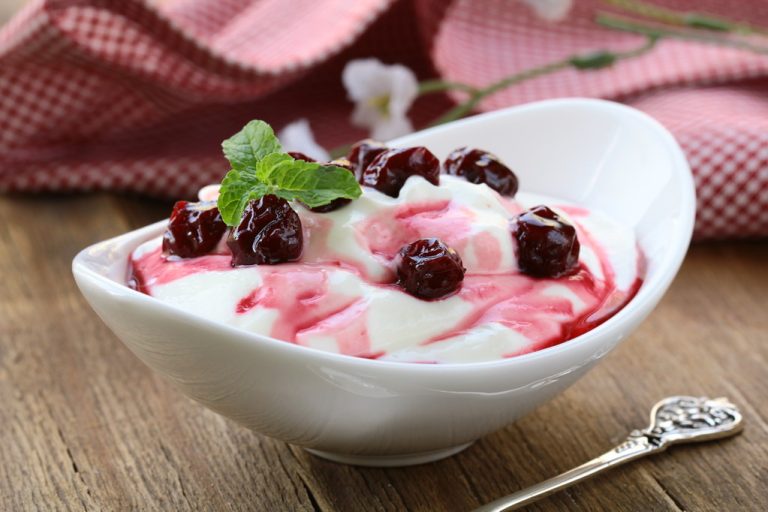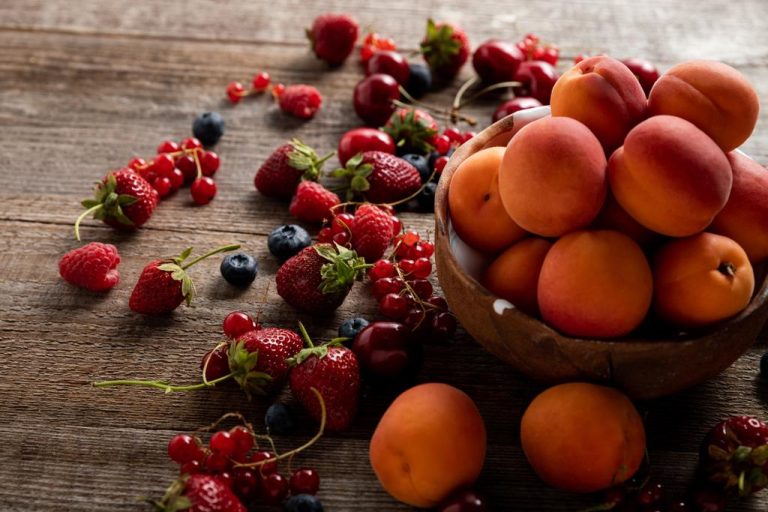Linseed oil is versatile, tasty and is often recommended by nutrition experts. But what constitutes a healthy fat and what are the effects if you take it every day?
The flax plant is one of the oldest cultivated plants, although it was not only used for nutrition. It was also often used as a raw material for clothing, fabrics or canvas. Flaxseed was already used as a remedy for constipation in ancient Egypt, and Hildegard von Bingen and Pastor Kneipp also recommended poultices with flaxseed. Before industrialization, linseed oil had an important place in the daily diet. However, the increasing world trade in olive oil and other fats pushed linseed oil out more and more. In the last century, the multiple Nobel Prize-nominated scientist Dr. Johanna Budwig, however, made groundbreaking discoveries regarding the health effects of essential fatty acids on our cellular respiration. The resulting oil-protein diet is still recommended in naturopathy today. More and more studies are proving the health benefits of certain fatty acids that are rich in flaxseed oil. However, there are a few things you should consider when choosing, storing and using linseed oil.
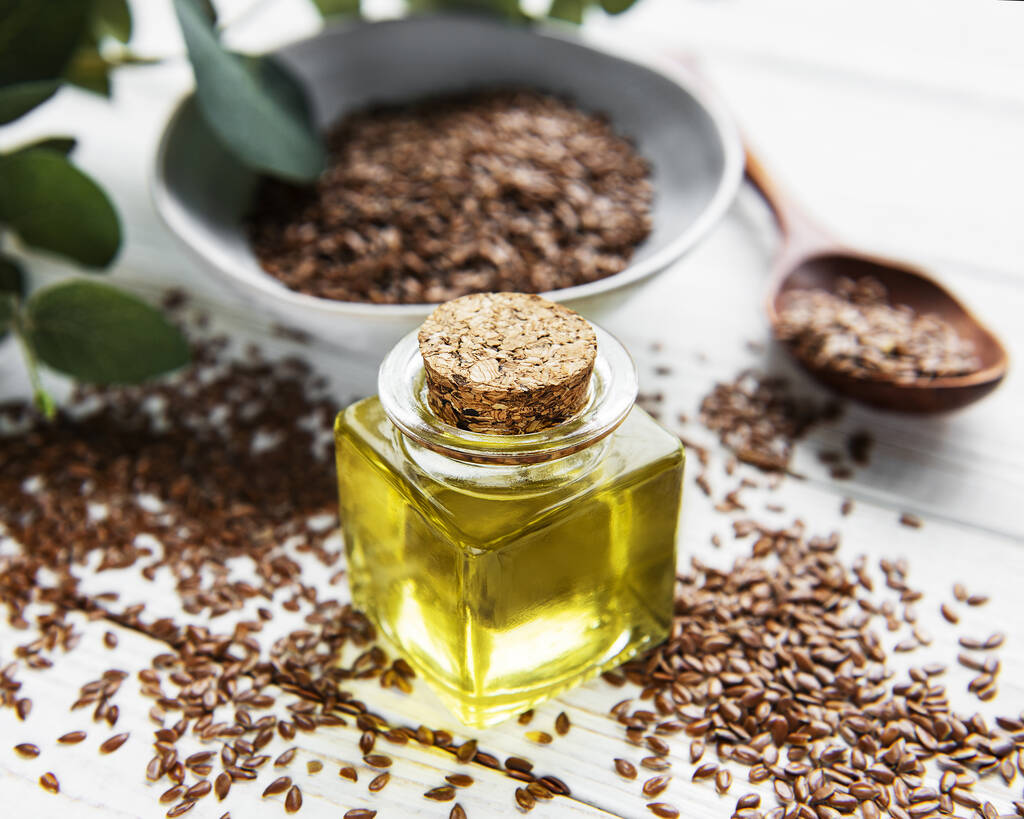
Fat is not just fat
Fats (lipids) are an essential part of our diet. About 50 years ago, fat in the diet was downright demonized and the low-fat diets began their triumphal procession. That has now changed fundamentally. Studies have shown how important fat is in our daily diet. Excessive consumption of sugar is more likely to be harmful to health. However, you should also pay attention to good quality when selecting fats.
The differences between the individual fats could not be greater. And that’s what makes it so difficult for consumers to find their way around. It is also important to recognize and avoid harmful fats. There are fats that are of animal origin and others that are only found in plants. In addition, fats are also differentiated according to the degree of saturation in saturated, monounsaturated and polyunsaturated fatty acids.
Saturated Fatty Acids…
… can be produced by the body itself and do not necessarily have to be supplied through food.
… are mainly found in animal products such as meat and sausage products, butter and cheese, but also in vegetable fats such as coconut oil and palm oil.
… but are also processed in confectionery, crisps and pastries.
… are insensitive to heat and solid at room temperature
Unsaturated fatty acids…
… are divided into monounsaturated and polyunsaturated fatty acids.
… can only be partially synthesized by our body from other food ingredients. Polyunsaturated fatty acids are essential and must be ingested with food.
… are mainly found in plant foods such as vegetable oils, oil fruits (e.g. olives), nuts and seeds such as flaxseed.
… are also contained in oily fish (e.g. salmon, mackerel or herring).
Linseed oil is one of the oils with the highest content of omega-3 fatty acids
Linseed oil is one of the oils with the highest content of omega-3 fatty acids, which also belong to the group of polyunsaturated fatty acids. Fats with a high proportion of polyunsaturated fatty acids are liquid at room temperature, e.g. B. linseed oil, sunflower oil or hemp oil. However, they are very sensitive to external influences such as heat, oxygen or light. If you store and use linseed oil properly and use it instead of saturated fatty acids, you can positively influence your fatty acid profile. Linseed oil should therefore only be used cold and stored cool in dark bottles.
The content of omega-3 fatty acids in linseed oil is 50 to 70%, in rapeseed oil 10% and in soybean oil 8%. In addition, linseed oil contains lecithin, vitamin E and lignans. The latter are hormone-like substances with an antioxidant effect, which serve as the starting substance for tissue hormones. Antioxidants protect our body from oxidative stress, which is caused, for example, by external influences such as cigarette smoke, environmental toxins or UV radiation from the sun. When buying, you should make sure that the linseed oil was obtained from linseed by cold pressing, because the oil is very heat-sensitive.
Omega-3 fatty acids influence many body processes:
Heart function: A sufficient supply of omega-3 fatty acids can have a positive effect on the flow properties of the blood and cell metabolism processes.
Eyesight: The cells in the human eye contain a particularly large number of omega-3 fatty acids, so an adequate supply can have a positive effect on eyesight.
Brain: There is a particularly high proportion of unsaturated fatty acids here, which is why an intake of omega-3 fatty acids can contribute to improved brain function.
Pregnancy: Ensuring adequate intake of the omega-3 fatty acids docosahexaenoic acid (DHA) and eicosapentaenoic acid (EPA) by the mother can promote normal eye and brain development in the fetus and breastfed infant. It is recommended that pregnant women should consume an average of around 450 mg of DHA plus EPA per day per day.
Inflammation levels: According to studies, omega-3 fatty acids can reduce certain levels of inflammation in the blood. This can positively influence joint problems as well as diabetes, high blood pressure or autoimmune diseases.
Blood lipids: A high proportion of omega-3 fatty acids in the diet can have a beneficial effect on cholesterol levels and reduce the risk of coronary artery disease (CAD).
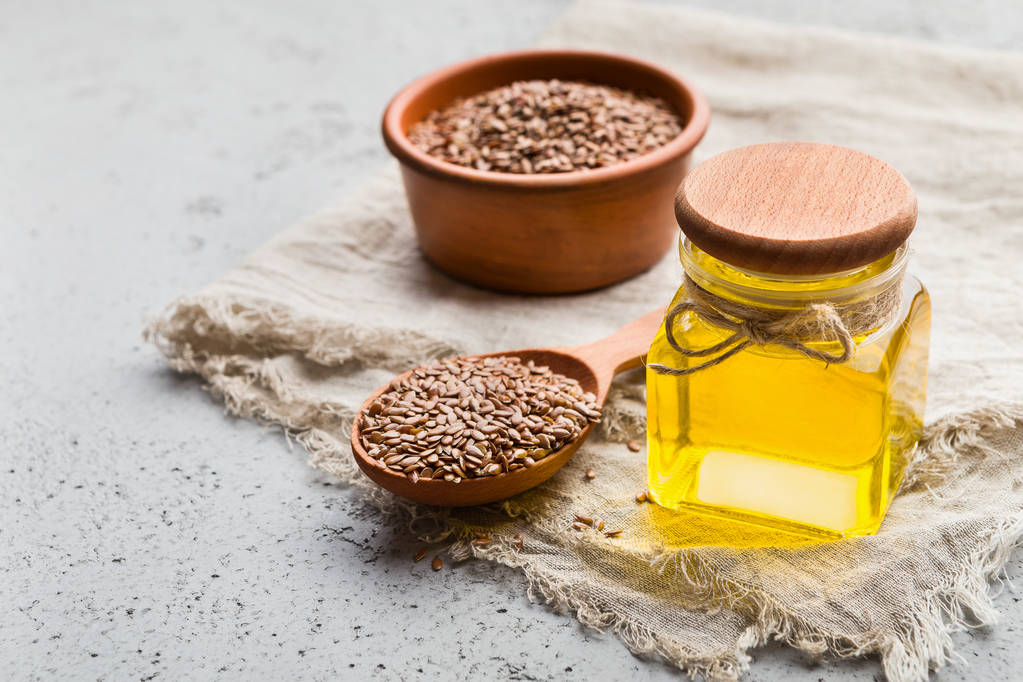
Conclusion
A teaspoon of linseed oil mixed daily with salad, in quark, with jacket potatoes or in muesli provides you with a valuable portion of omega-3 fatty acids. In this way you create a valuable balance to the omega-6 fatty acids that are usually present in excess and form a good basis for the synthesis of EPA and DHA. You can have your individual fatty acid profile created in the laboratory. In this way you can determine whether you are well supplied with omega-3 fatty acids or whether you should change your diet or take an omega-3 supplement.

